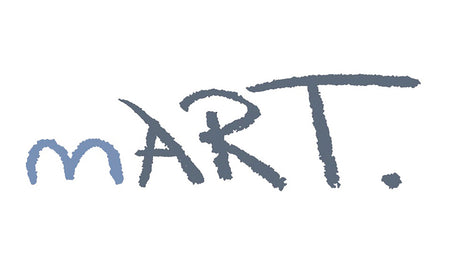If you are an artist who specialises in wildlife, you may well have experienced a degree of irreverence from certain factions of the art world. Perhaps you have been labelled a "hobbyist" or you were told that wildlife art is not a pure art form? I have always found this view point deeply unfair. After all, we were wildlife artists before anything else! Perhaps wildlife art is in fact the purest form of art?

Last night I watched the first episode of 'Nature and Us: A History through Art', written and presented by art historian, Dr. James Fox. In this series Dr. Fox uses art to explore how our relationship with nature has changed over time, looking specifically at the influence of agriculture, cities and faiths in shaping our desire to control the natural world.
When humans first started creating art they were clearly in awe of the wildlife that surrounded them. Looking back at early cave paintings very little attention and care was given to depicting humans. It was other animals that took centre stage. Preserved for thousands of years on vast stone tableaus, these artworks are available for us all to marvel at today, giving an insight into what motivated the first human artists on earth. This first chapter in our creative discovery notwithstanding, trying to locate a wild animal amongst the hoards of humans in most popular art history books feels like trying to find a needle in a haystack.

If this narrative can be observed through art history records then we ignore wildlife art at our own peril. Our planet is teetering on the edge and we are currently experiencing a sixth mass extinction. Wildlife art can help to communicate this to the masses, and with a greater understanding we might just be able to turn things around.

I would love for wildlife artivism to be the next chapter in human creative exploration. Please, show me yours!





